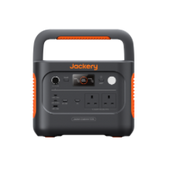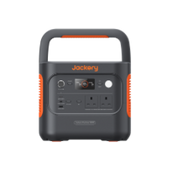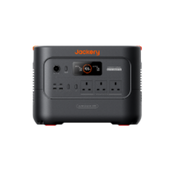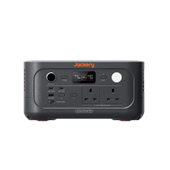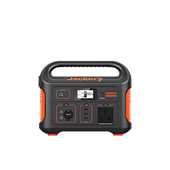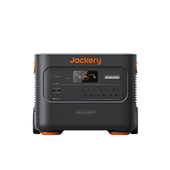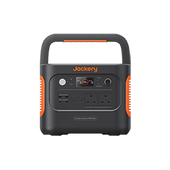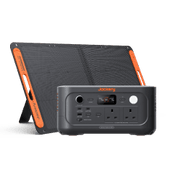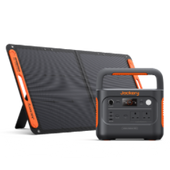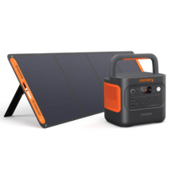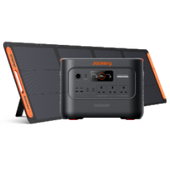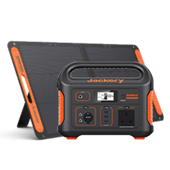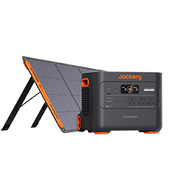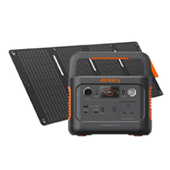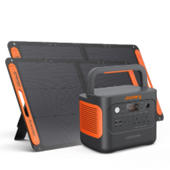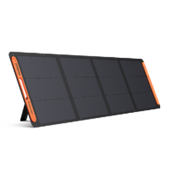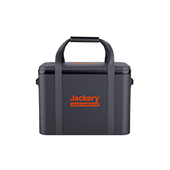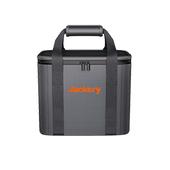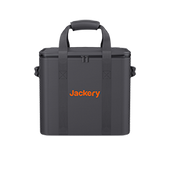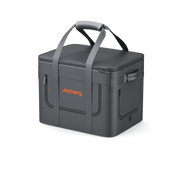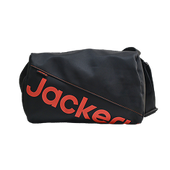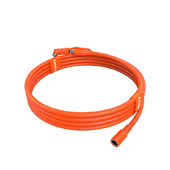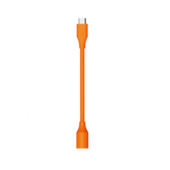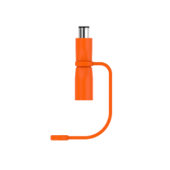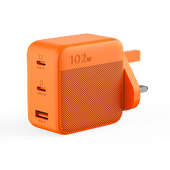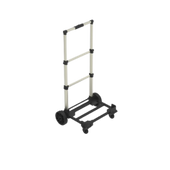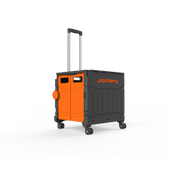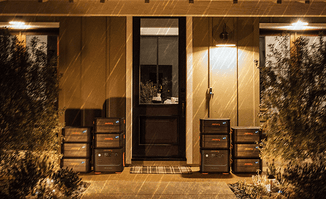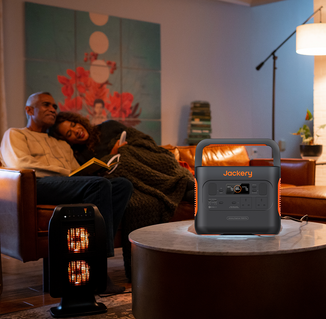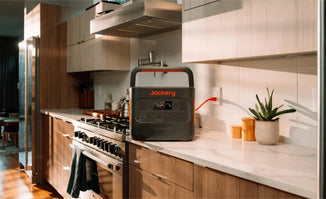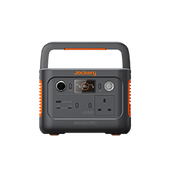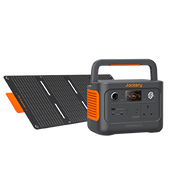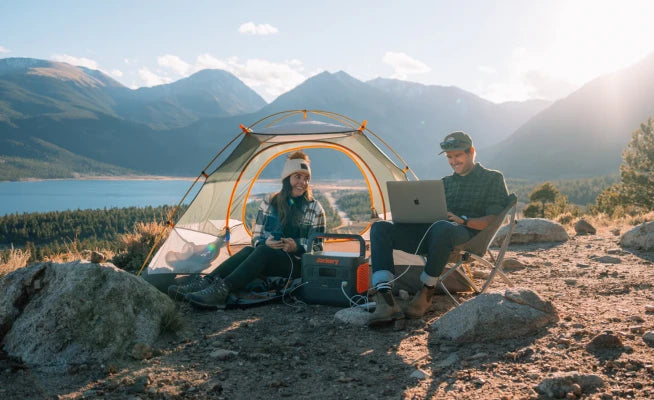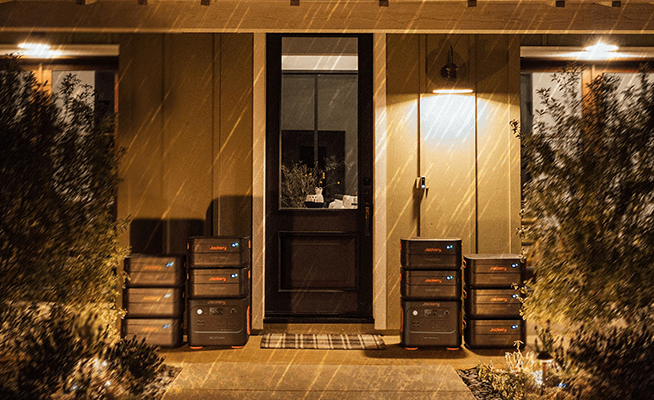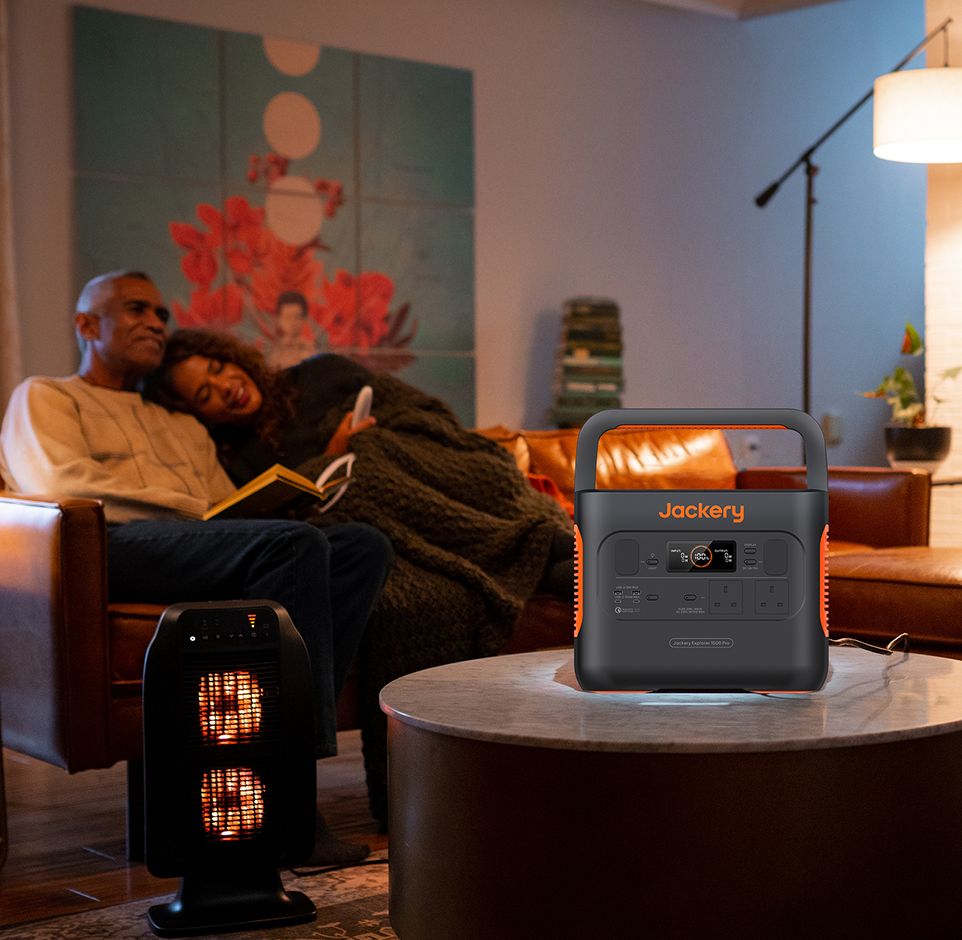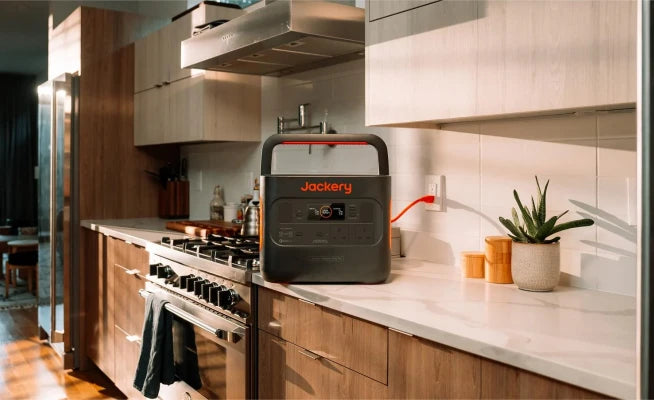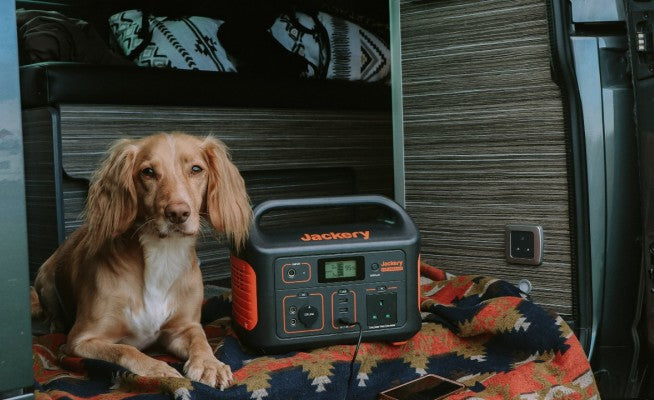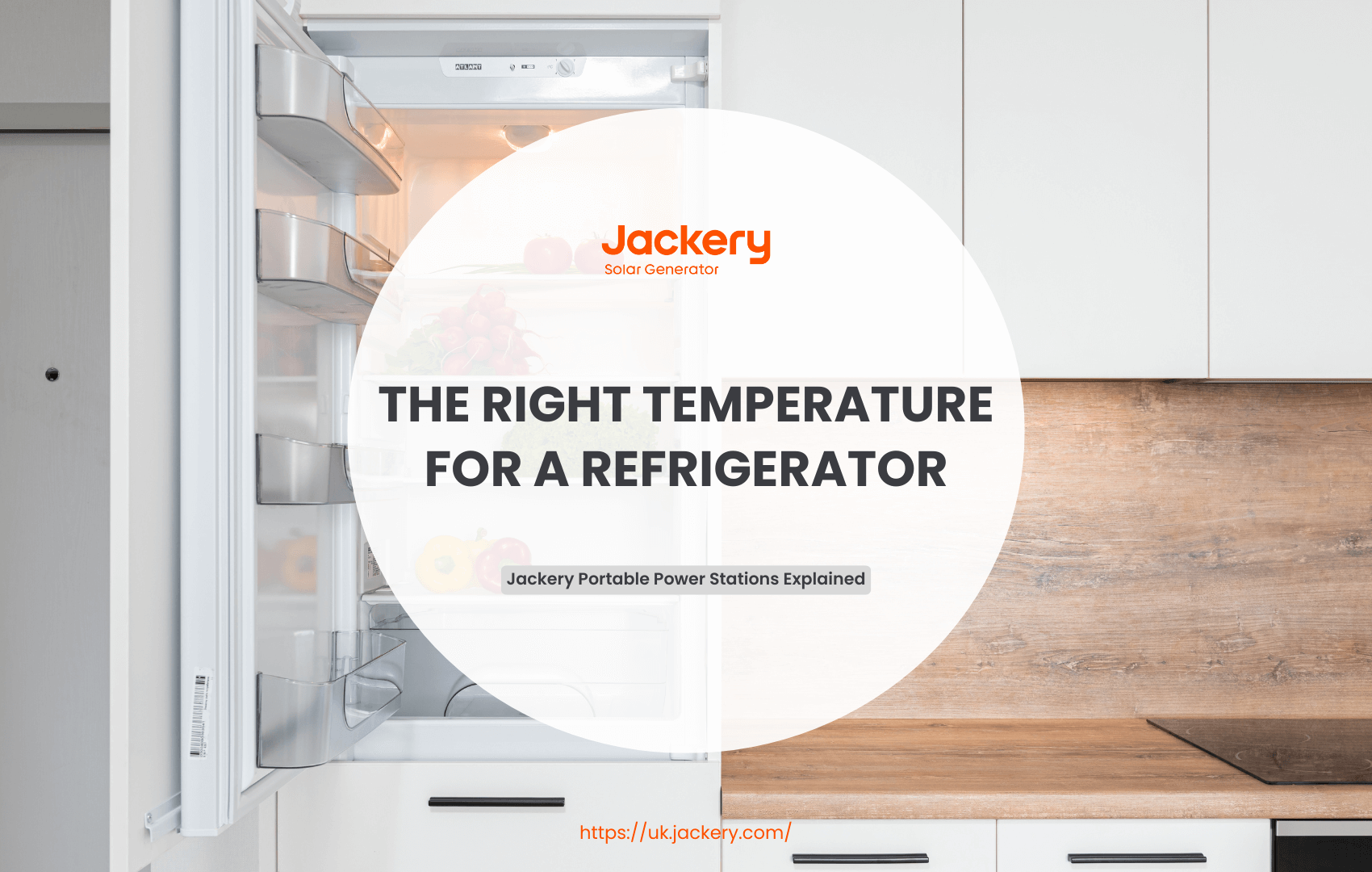Would you like to know the best approach for defrosting a refrigerator? If you know the right way to do things, you can save time, energy, and even preserve your appliance while dealing with stubborn ice buildup or preparing your fridge freezer for cleaning.
This guide outlines the best methods for restoring your fridge freezer to top form, from manual defrosting to utilising automatic systems. It even includes simple solutions that employ things you already have around the house. You'll also discover why frost occurs, how often to defrost, and what not to do. Read on to learn everything you need to know about how to safely and quickly thaw a refrigerator freezer.
|
Key Takeaways: |
|
Why Should I Defrost My Fridge Freezer?
Before we discuss how to defrost your freezer, it's essential to understand the source of frost and why defrosting your refrigerator is necessary.
Why Is My Freezer Frosting Up?
When you open your freezer, outside air enters, allowing heat and moisture to escape. This moisture forms frost inside your device, which can accumulate over time. Suppose your freezer does not have an auto-defrost feature. In that case, the frost can turn into ice, covering the inside air vents and temperature sensors. This can cause your freezer to work extra, increasing the ice buildup. Even if your freezer features an auto-defrost mode, you may still want to defrost it before relocating or replacing your appliance manually.
Why Should I Defrost My Fridge Freezer?
Defrosting the fridge freezer will increase its efficiency, in addition to making it easier to access drawers, see what's inside the freezer, and retrieve food. With minimal ice, the freezer will require less effort to maintain the proper temperature, resulting in lower operating costs.
Even if your fridge freezer has an auto-defrost option, ice will accumulate; it's almost unavoidable. Over time, the ice can make it difficult to open the drawers, consume space that could be used to store food, and even prevent the door from shutting properly, causing the appliance to work even harder. It may also indicate that food spoils sooner than expected.
Emptying and defrosting your fridge freezer is an excellent time to clean it and take a quick inventory of what you have in there, what has to be eaten, and what should probably be discarded.
By defrosting your freezer, you can free up more space for your food while also ensuring that it operates at peak efficiency. Excess ice acts as an insulator in a freezer, causing the appliance to work harder to maintain a cool temperature for your food. As a result, your appliance's lifespan may be decreased, while your energy costs increase.

Different Types of Defrosting Your Refrigerator
In general, there are two primary approaches to defrosting. Included in this category are both automatic and manual defrosting options. In each of these, the goal is to stop the accumulation of ice crystals inside the refrigerator.
Manual Defrost
The manual defrost system is the oldest technology in the refrigeration industry, requiring a hands-on approach. It is also known as the natural defrost system because it does not require mechanical intervention.
Simply unplug the equipment, remove any food from the fridge or freezer, and leave the door or lid open. Let the ice melt naturally. Never chisel away at the ice using sharp instruments, as this can harm the refrigeration walls.
Placing warm water containers within the unit may help to accelerate the ice melt process and make the task easier. If you're defrosting an upright unit, placing towels at the front of the door can help absorb water.
Once the ice has melted, clean all surfaces and restart the apparatus. Always check that units are at the correct temperature before returning goods. It is the most commonly used defrost method for static-cooled equipment.
Automatic Defrost
The automatic defrost, also known as the auto defrost, was invented in response to the growing demand for a less hands-on method of removing ice buildup. Fridges, particularly freezers, with an automatic defrost mechanism, are sometimes known as frost-free.
The automatic defrost does not require any human involvement. It consists mainly of a compressor fan and an electric timer, which is factory-programmed to manage the temperature throughout the defrost operation.
This system follows a well-defined cycle, using a combination of sensors and automatic controllers to monitor ice buildup and perform timely defrost cycles. Heating components that operate regularly to melt any accumulated frost on the evaporator coils are common defrost cycle devices. Cycles may occur twice a day on average, but this varies depending on the type of automatic defrost. For information about individual equipment, refer to the user handbook for details.
|
|
Manual Defrost
|
Automatic Defrost
|
|
Advantages |
Less expensive and consumes less energy than automatic defrost devices. Maintain stable temperatures for vast quantities of products stored in the refrigerator.
|
No human involvement is required to remove the ice buildup; it's simple to maintain. It saves time. The refrigerator has more room for your inventory because there is less ice accumulation. Frozen food does not adhere to one another. Suitably store food packaging. |
|
Disadvantages |
Requires more time and effort from you as the owner to defrost |
The cost and electricity use are higher. Automatic defrost freezers produce greater noise when they are operating. |
How Do You Defrost a Refrigerator, Fridge, or Freezer?
Defrosting a freezer is a simple process, but you must wait for the ice to thaw before proceeding. The first thing you'll need to do is prep your freezer and organise your stuff. Here's a step-by-step guide on how to defrost your refrigerator.
What You'll Need to Defrost a Refrigerator
Towels for the kitchen
A cloth and a sponge
A cooler full of ice is great for keeping a lot of frozen food.
A bowl of warm water
An ice scraper made of wood or plastic (optional)
Spray to thaw the freezer(optional)

Step 1: Put towels on the bottom of your freezer
Place towels at the bottom of your freezer to catch melting ice and water, saving you from having to mop up afterwards. Alternatively, you can use a wide oven pan.
Step 2: Switch off and unpack the freezer
Unplug or switch off your freezer. Next, remove all the food from your freezer and store it in coolers to prevent it from thawing. If you have a small, portable freezer, you can transfer it to the garage or outside to make cleanup easier.
Step 3: Get rid of the water in the freezer
Line the floor in front of your freezer with plastic liners or cloths. To aid in water absorption, you may also use rags or used beach towels on the lowest shelf. A drainage pipe is included in certain freezers to assist in the removal of water. Place the end of your freezer, if it has one, in a shallow bucket or basin. Shims should be positioned appropriately below your freezer's front legs and angled back towards the drainage hose to facilitate adequate drainage.
Step 4: Make the ice melt
Place a dish of hot water in the bottom compartment of your freezer, with the door open, to help speed up the defrosting process. When the water stops steaming, replenish it.
Step 5: Clean the freezer after soaking up the water
As the ice in your freezer melts, clean up the area with rags or old towels. Beach towels are ideal for this purpose due to their large size, which allows them to absorb water effectively. You can start cleaning the inside of your freezer once all the ice has melted and been removed. Clean the racks, internal walls, and door of your freezer with a cloth after mixing one tablespoon of baking soda with four cups of boiling water. Next, use a soft cloth to dry everything.
Step 6: Restart the freezer and fill it up
Once your freezer has been cleaned, dried, and defrosted, return it to its original location if necessary. Then, switch on the electricity and monitor the temperature to ensure it reaches the correct level. Depending on the appliance, this might take several hours. You may bring your food out of the cooler and return it to your freezer when it's ready.
How Do You Defrost a Refrigerator Quickly: Easy Methods
The best approach to defrost a freezer is to turn it off and allow the ice to defrost naturally. If you can't wait that long, you can try using a hairdryer or another alternative, but be cautious. As previously said, ensure that you turn off the freezer and remove the plug from the wall before beginning work. Here are several easy ways to defrost a refrigerator.
Automatic Defrosting Methods
Auto defrost systems can use either passive or active heating to remove frost and ice from the evaporator coils. This section discusses three of the most prevalent techniques for automatic defrosting: off-cycle defrost, hot-gas defrost, and electric defrost.

Off-Cycle Defrost
The off-cycle defrost method merely pauses the refrigeration cycle to let the evaporator coils' temperature rise passively, melting any built-up ice. This procedure is only practicable in refrigerators, not freezers, because it requires the air temperature within the inner compartment to be greater than 0 degrees Celsius.
During off-cycle defrost, the compressor is turned off to temporarily cease the flow of refrigerants. Additionally, the expansion valve closes, preventing refrigerant from entering and cooling the evaporator coils, allowing them to defrost naturally.
Meanwhile, the evaporator fan continues to circulate warmer air within the inner compartment, thawing the evaporator coils. This approach is sluggish, but it has the advantage of causing only minor fluctuations in the internal temperature of the refrigerator, making it potentially suitable for refrigerating delicate samples.
Hot-Gas Defrost
Rather than defrosting the evaporator with an externally supplied heating source (such as an electric heater), the hot-gas defrost method uses heated refrigerant from the compressor to defrost the evaporator coils. This involves a solenoid valve that redirects the flow of heated, high-pressure refrigerant gas from the compressor into a "shortcut" tube that flows directly into the expansion valve.
This method has the advantage of being more energy-efficient because it reuses existing heat within the system. It also heats the evaporator coils from within, reducing heat loss to the refrigerator or freezer's inner compartment, which can lead to bigger temperature changes.
Electric Defrost
The electric defrost method is the most prevalent way of automatic defrosting. During the defrost cycle, an electric heater coupled to the evaporator coils aggressively melts the ice. In addition to turning off the compressor and closing the expansion valve, the evaporator fan is turned off to reduce the increase in air temperature in the inner compartment during evaporator coil heating.
A timer then automatically turns off the heater (for example, after 30 minutes) or when the evaporator reaches a pre-set temperature or pressure threshold. Typically, there is a brief delay after turning off the heater to allow water to drop off the evaporator coils into the drain line, ensuring that the ice does not refreeze on the evaporator when the refrigeration cycle resumes.
Electric defrost is a proven and cost-effective approach that is relatively easy to maintain.
However, due to inefficiencies in heat transfer to the evaporator and longer defrosting times, this strategy may result in increased interior temperatures. As a result, refrigerators or freezers with electric defrost are typically not suggested for holding very temperature-sensitive samples.
Other Defrosting Methods
Below are some ways to speed up the process of defrosting a refrigerator:

Use a Steam Cleaner
If you own a portable steam cleaner, try using it to defrost your freezer swiftly. Direct the steam towards the ice, keeping it away from any apparatus. (Wear rubber gloves and avoid scalding yourself in the process.) The ice should melt quickly, so be prepared with plenty of old towels to catch the drips. To speed up the process, alternate between heating and scraping.
Scrap the Ice Off
Puncturing the freezer wall is easier than you might imagine. Not only will this void your warranty, but it will also render the freezer inoperable. So be very careful if you decide to scrape the ice off.
If you want to defrost your freezer using this approach swiftly, always use a blunt implement, such as a spatula. Never scrape the ice with a knife or other sharp tools. Instead of stabbing the ice with the spatula, direct it parallel to the freezer's wall.
Use a Hot Cloth
Fill a dish with extremely hot water. Soak a cloth in water and, wearing rubber gloves, hold it against the ice to help it melt. Wring it out, scrape the ice, and repeat. You may need to replace the water multiple times as the ice cools the fabric.
When learning how to defrost a freezer, avoid pouring hot water on the ice. This could harm the freezer and cause the water to freeze on top of the ice, exacerbating the situation.
Use a Hairdryer
Water and electricity do not mix well; therefore, we do not recommend using this method to defrost your freezer quickly. After all, 400,000 incidents involving electricity occur in the United Kingdom each year. If you've decided to accept the chance, make sure to keep the hairdryer, cord, and plug away from the ice and water. Don't set the hairdryer down on the floor since it will get wet.
Use the medium heat setting on your hairdryer to gently heat the ice. Ensure the heat is kept away from the cooling system. Hold the hairdryer at the back of the ice, where it meets the freezer wall, rather than the front. You're attempting to dislodge the ice rather than melting it entirely. Scrape any significant bits away from the freezer's sides using a spatula or other blunt tool.
Use Alcohol
If you're dealing with a thin layer of ice rather than massive chunks, you could try defrosting your freezer with rubbing alcohol. Soak a cloth in hot water first, then pour a small amount of alcohol on it. Rub the ice with the towel, focusing on the little chunks near the edges. Once the ice has loosened, scrape it off using a spatula or wooden spoon.
Defrosting Don'ts
While knowing how to defrost your freezer quickly may be your top goal right now, you should first practise some safety procedures and use the standard defrosting approach. There are also some things you should avoid to prevent damage to your freezer during the procedure.
Do not use salt to defrost your freezer. Yes, salt helps to clear ice roads, but it can also corrode the components, seals, and linings of your freezer.
When clearing ice, never use excessive force, and especially not with metal instruments. You will most likely cause lasting harm to your fridge freezer.
If you intend to preserve frozen meals in the refrigerator, avoid using frozen meat. Defrosting is unavoidable, and certain items should never be refrozen after defrosting, even if only slightly.
How Often Should I Defrost My Refrigerator?
You should defrost your refrigerator and freezer at least once a year. Or when the ice is thicker than a quarter-inch (6mm). This will keep your fridge freezer running smoothly and, more importantly, ensure your food is always available.
When Should I Defrost My Refrigerator?
To maintain your fridge freezer working properly, defrost it at least once or twice a year. However, if you find a quarter-inch of ice on the walls, you should schedule a manual defrost. Depending on the amount of ice, it may take a few hours to melt, but it could take a whole day to dissolve completely.
How to Defrost a Refrigerator Without Turning it Off?
Is it feasible to defrost your refrigerator or freezer without turning it off? Probably yes. Is this advisable? That is a no. Remember, you should never leave your freezer on with the door open. There is a cause behind the beeping noise. Not only will you waste a lot of electricity, but you may also burn out the motor in your fridge freezer.
What Happens If I Don't Defrost My Refrigerator?
If you do not defrost your fridge freezer, ice will accumulate on the walls. This implies that your appliance will work more to maintain the appropriate temperature, resulting in higher energy usage. Not only that, but food might expire faster due to variable conditions, and icy buildups may make it impossible to close the door.
How Long Does it Take to Defrost a Freezer?
The amount of time it takes to defrost a freezer is determined by the thickness of the ice buildup; however, if the buildup is not too thick, it can take approximately two hours from start to finish. The process can take up to 24 hours depending on freezer size, ice thickness, and ambient temperature.

Tips on Preventing Your Refrigerator From Frosting
Taking precautions to avoid problems can help you reduce the frequency of freezer defrosting. Here are some valuable tips for keeping frost from forming in your freezer:
Tip 1: Minimise the time the freezer door is open to prevent moisture from entering. Check the door seal regularly to ensure it is clean and secure.
Tip 2: Maintain a freezer temperature of 0°F (-18 °C). Make sure the freezer's temperature remains stable. Therefore, ensure the thermostat is adjusted correctly. You can also consult the manufacturer's manual to get the specific settings for your model.
Tip 3: If you drop food or fluids when putting things in the freezer or taking them out, clean it up immediately. If not, they might freeze very quickly.
Tip 4: Don't overload your freezer beyond its capacity. This might make it harder for air to circulate and keep things from cooling properly.
Tip 5: Let the items cool down completely before placing them in the freezer. This will prevent radiant heat from changing the temperature.
Tip 6: Avoid placing your freezer near windows or heat sources.
Tip 7: Don't let the electricity go out. The compressor is the refrigerator's "heart" since it moves the refrigerant around. After a power loss, the electricity might suddenly spike when it comes back on. This surge, or the repeated on-off cycles that occur when the electricity flickers, may put a lot of stress on the compressor, which could cause it to break down prematurely. It is also essential to invest in a backup generator, such as the Jackery Portable Power Station, to power your refrigerators and other appliances during power outages.
Jackery Portable Power Station for Refrigerators
During a power outage, your refrigerator quickly loses its ability to maintain a cold temperature, leading to food spoilage and wasted money. A Jackery Portable Power Station provides a reliable backup power source to keep your fridge running, preserving perishable foods like dairy, meat, and produce. For individuals who require temperature-sensitive medications (like insulin), a continuous power supply to a refrigerator is critical. A Jackery ensures these vital medications remain safely stored.
Knowing you have a reliable power source for your refrigerator during unpredictable events offers immense peace of mind. You won't have to worry about rushing to eat all your perishables or throwing out expensive groceries.
The Jackery Portable Power Station differs from other gas generators in that it doesn't produce noise or odours. This means you can use it securely inside, even in a living space, to power your fridge.
Jackery Explorer 2000 Plus
The Jackery Explorer 2000 Plus is an excellent option for powering refrigerators, particularly when reliable backup power is needed, such as during an outage or emergency. It can also help you keep your energy bills down. Here's a detailed look at why:

High Continuous and Surge Wattage: A standard full-size refrigerator typically uses 100-800 watts when running, but it requires a significantly higher "surge" wattage (often 1000-2500 watts, or even higher) for a brief moment when the compressor starts up. The Jackery Explorer 2000 Plus boasts a continuous output of 3000W and a 6000W surge peak. This ample power ensures it can comfortably handle the starting and running demands of virtually any household refrigerator or freezer.
Large Capacity for Extended Runtimes: 2042.8Wh base capacity. This substantial battery capacity means the 2000 Plus can keep a typical refrigerator (which cycles on and off) running for 1-2 days on a single full charge. This is crucial for navigating most common power outages. The 2000 Plus is highly modular. You can add up to five additional Battery Pack 2000 Plus units, expanding the total capacity to a staggering 12kWh.
Exceptional Lifespan: The 2000 Plus utilises a LiFePO4 (Lithium Iron Phosphate) battery. These batteries are rated for 4000 charge cycles to 70-80% capacity, meaning they can last for 10 years or more even with daily use. This significantly outperforms older lithium-ion chemistries (typically 500-1000 cycles), making it a much more durable and cost-effective long-term investment.
Ultra-Fast AC Charging: The 2000 Plus can be fully recharged from a wall outlet in approximately 1 hour and 40 minutes. This rapid charging is vital for quickly preparing for an impending storm or topping up after an outage.
Whisper Quiet (under 30dB): Unlike noisy gas generators, the 2000 Plus operates at a remarkably low noise level, comparable to that of a quiet library. This is crucial for maintaining comfort in your home during an outage.
Jackery Explorer 3000 v2
The Jackery Explorer 3000 v2 is an excellent choice for powering refrigerators in various scenarios, including power outages, emergencies, and even to help reduce electricity bills. Its robust specifications and features make it particularly well-suited for these demanding applications.

Massive 3072Wh Capacity: This is a substantial battery capacity, designed to provide extended runtimes for critical appliances, such as refrigerators. A typical household refrigerator (around 200W) can run for 24-48 hours on a single charge of the Jackery 3000 v2, depending on its efficiency and duty cycle. Even larger, less efficient models (e.g., 400W) can still get significant run time (e.g., 5-8 hours).
3600W Continuous Output (7200W Surge): When the compressor of a refrigerator turns on, it requires a significant amount of "starting wattage" or "surge wattage." The 3000 v2 can tolerate these short power surges without tripping or shutting down since it has a constant output of 3600W and a surge capability of 7200W. This means it will work with practically all domestic refrigerators.
Powers Other Essentials: Beyond the refrigerator, its high output allows you to power other critical devices simultaneously, such as lights, Wi-Fi routers, phones, laptops, and even some medical equipment, during an outage.
Uninterruptible Power Supply (UPS) Function: The 3000 v2 features a built-in UPS that switches to battery power in less than 20 milliseconds during an outage. This seamless transition is crucial for keeping sensitive electronics, such as refrigerators, running without interruption, thereby preventing food spoilage.
Long-lasting LiFePO4 Battery: The LiFePO4 (Lithium Iron Phosphate) battery chemistry offers a longer lifespan than other chemistries, with more than 4,000 charge cycles to 70% of its original capacity. This implies that it can serve as a reliable backup for emergencies for many years (up to 10 years of daily usage) without deteriorating.
FAQs
The following are the frequently asked questions about defrosting a refrigerator:
1. How can I quickly defrost my fridge?
If you switch off the refrigerator but leave the door open, it may defrost more quickly than if you keep it closed. Using a hairdryer or putting bowls of hot water inside can help to accelerate the melting process. Allow at least 4 to 8 hours for a thorough thawing.
2. How long does it take for a refrigerator to defrost?
During defrost, there will be no running sounds, fan noise, or compressor noise. Most models thaw for between 25 and 45 minutes, once or twice each day. You can hear water dropping or sizzling when it reaches the heater. This is typical and helps evaporate the water before it reaches the drip pan.
3. Do I leave the fridge open when defrosting?
With the door closed, the defrosting procedure is typically more effective. This is because the door allows warmer air to circulate within the refrigerator, which melts ice or frost more efficiently.
4. How to Defrost a Freezer in 5 Minutes?
To accomplish this, pour boiling water into each shelf or compartment of your freezer. The heat and steam from the boiling water should be enough to speed up the defrosting process in only a few minutes, so keep some towels on hand to wipe up the water.
Final Thoughts
You can now tackle ice buildup and maintain your refrigerator at its best, knowing how to defrost it effectively. Defrosting your refrigerator regularly not only saves electricity but also keeps your food safe and prevents damage over time.
Following these steps will make your refrigerator cleaner, safer, and more useful, whether you do it by hand or utilise the auto-defrost options. Don't forget to plan regular maintenance and take steps to prevent frost from occurring in the future. This guide will help you remember how to defrost a freezer in a refrigerator the next time you need to know.



